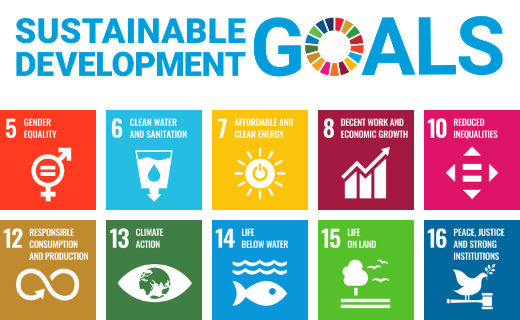Montreal, 22 June 2022 (TDI): The UN announced on Tuesday that the COP15, a major biodiversity event postponed due to the pandemic will take place in Montreal, Canada rather than China as originally scheduled.
This is because Beijing continues to adhere to its rigorous zero-COVID policy. The United Nations Secretariat and the Chinese Ministry of the Environment have both released statements confirming the summit taking place in Montreal during the month of December.
It is pertinent to note here that Montreal is home to the United Nations Secretariat for the Convention on Biological Diversity, informally known as the Biodiversity Convention.
🚨 BREAKING: @UNBiodiversity announces new dates for the second part of #COP15, the UN Biodiversity Conference.
The critical meeting will take place December 5 – 17 2022 in Montreal, Canada 🇨🇦 under the Presidency of China 🇨🇳.
➡️ https://t.co/nHrXtusezZ#Post2020 #ForNature pic.twitter.com/BFEOk970Jv
— UN Biodiversity (@UNBiodiversity) June 21, 2022
In an effort to stop the spread of the COVID virus, China has maintained a stringent “zero-COVID” policy, which places restrictions on international travel and frequently closes down portions of cities or the entire country.
“Due to the ongoing global pandemic, China, as COP President and with the permission of the Bureau, has decided to transfer the meetings from Kunming to a place outside of China,” said Elizabeth Maruma Mrema, the Executive Secretary of the convention shared.
However, China will continue to serve as the summit’s chair despite the fact that the summit has been moved to Montreal. The pattern and the logo will also not be altered in any way.
Proposed Course of Action
Through the post-2020 framework process of the Convention on Biological Diversity, the United Nations Biodiversity Conference will bring together governments from all over the world.
This will be done so the states can reach an agreement on a new set of objectives to be achieved with regard to nature over the course of the next decade.

Similarly, the framework lays forth an inspirational plan to undertake widespread action to improve society’s connection with biodiversity.
It will also ensure that the collective vision of living in harmony with the environment by the year 2050 is realized. This strategy is outlined in the document.

The implementation of the rules of the Convention on Biological Diversity (CBD) for the fair and equitable distribution of benefits derived from the use of nature, and the safe transport, handling, and labeling of live modified organisms, will also be investigated during the Conference.
First Part of COP-15
The first part of COP-15 was devoted to commencing the meetings and discussing agenda matters that the Bureau judged critical for the continued operation of the Convention and Protocols.
In essence, the goal of conserving at least 30% of the world’s land and oceans by 2030 is a key component of the proposed nature agreement.
Along these lines, to work on a drought document for this international biodiversity framework that will be adopted later this year, negotiators met in Nairobi on Tuesday.
Correspondingly, the interrelated concerns of biodiversity loss and climate change have prompted more than 90 world leaders to make a promise to stop natural loss by 2030, calling it a “planetary emergency.”
Protected Planet Report
According to the most recent Protected Planet Report from the UN Environment World Conservation Monitoring Center, only 17% of land habitats and only 7% of marine areas were protected by 2020.
In this same context, conservation efforts are nonetheless hampered by illegal poaching and wildlife trafficking. 120 countries’ worth of animal and plant species totaling about 7,000 have been implicated in unlawful trading.
Similarly, of the 8,300 recognized animal breeds, 8% are extinct and 22% are in danger of going extinct.
Less than 1% of the more than 80,000 tree species have been investigated for potential use. Moreover, 20% of the animal protein demands of the world’s 3 billion people are met by fish.
Only ten species account for roughly 30% of fish collected in the ocean and 50% of fish raised on farms. Likewise, more than 80% of a person’s diet is made up of plants.
Whereas 60% of the world’s total energy consumption is made up of rice, maize, and wheat. Rural residents in poor nations receive about 80% of their basic medical treatment from herbal remedies.
Although invertebrates and microorganisms play a significant role in ecosystem services, little is known about their contributions.
Today’s protected areas account for 15% of terrestrial and freshwater ecosystems and 7% of the marine domain, but they only cover a small part of biodiversity hot spots and are not ecologically appropriate, representative, or balanced.






